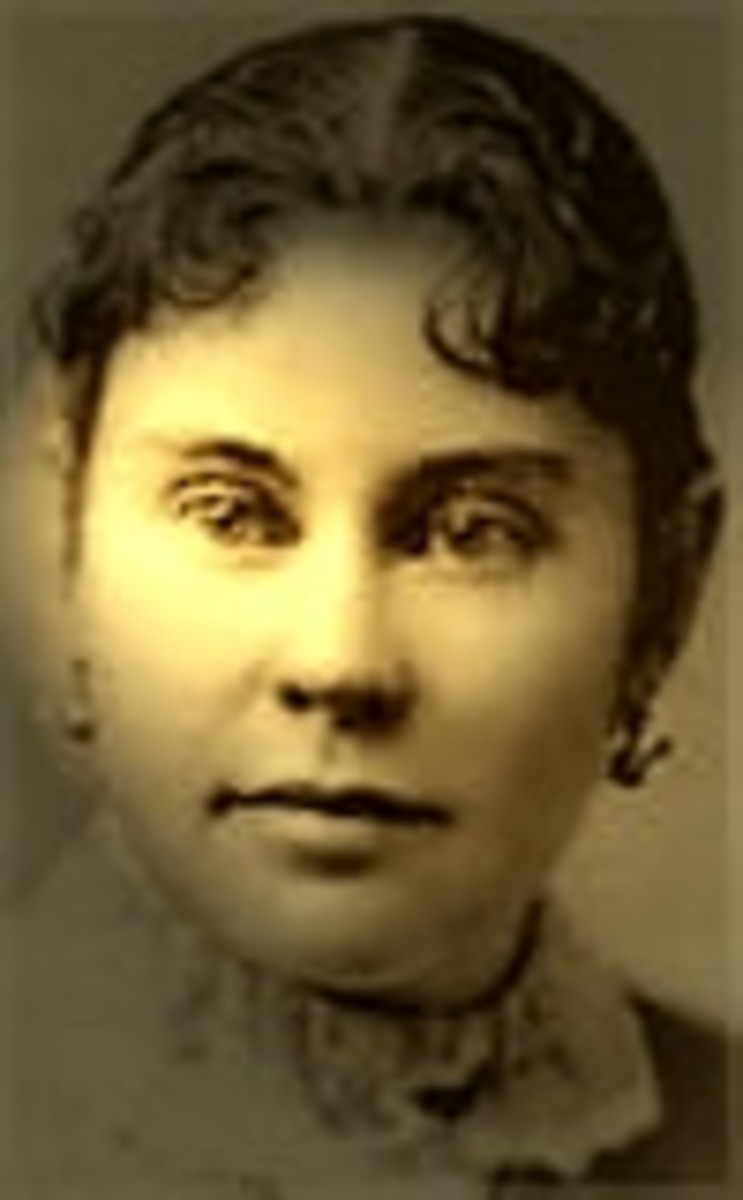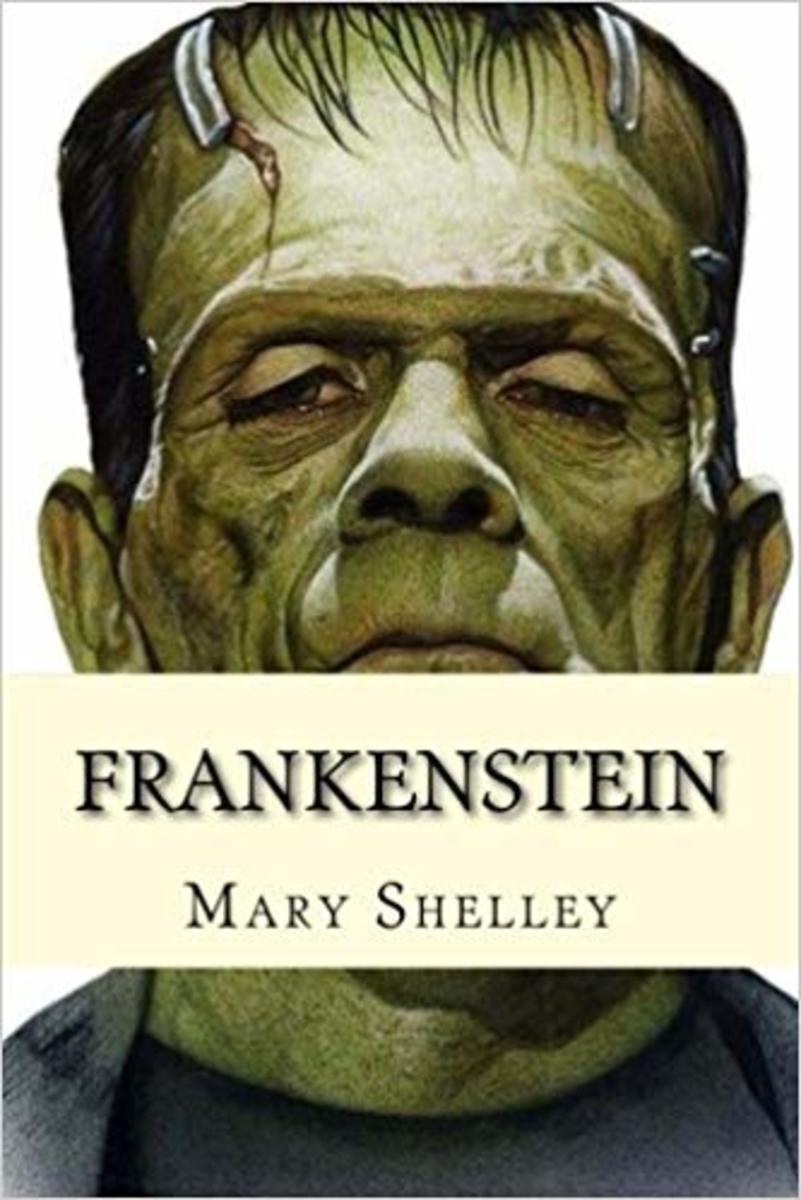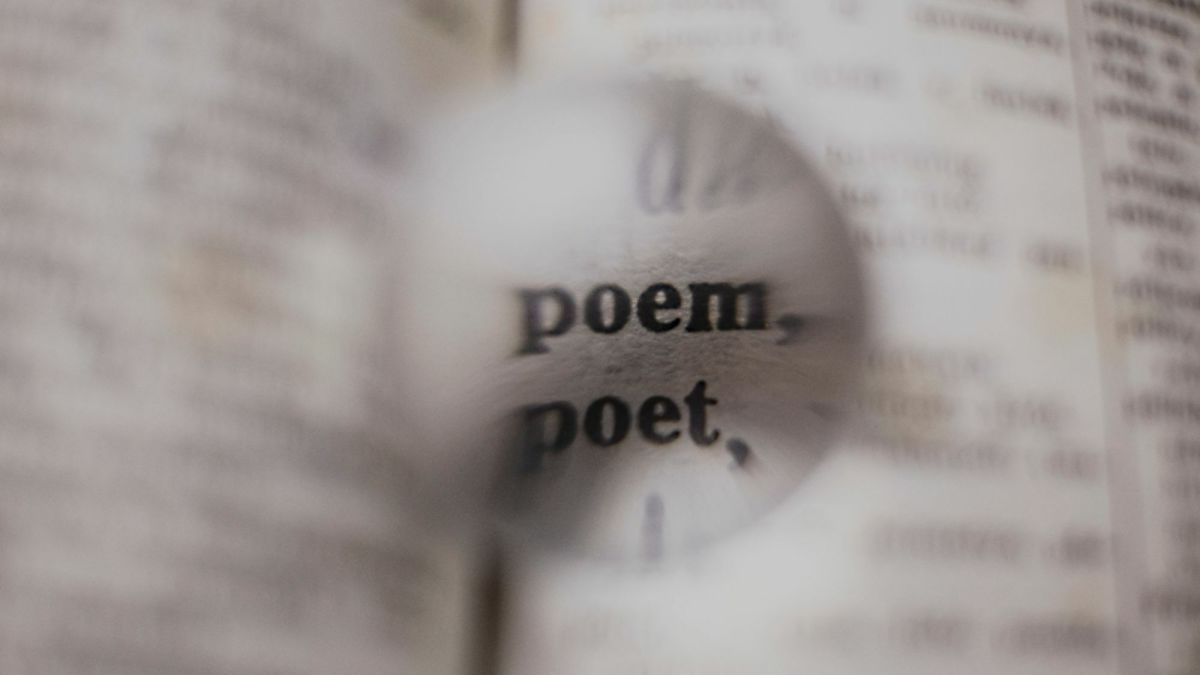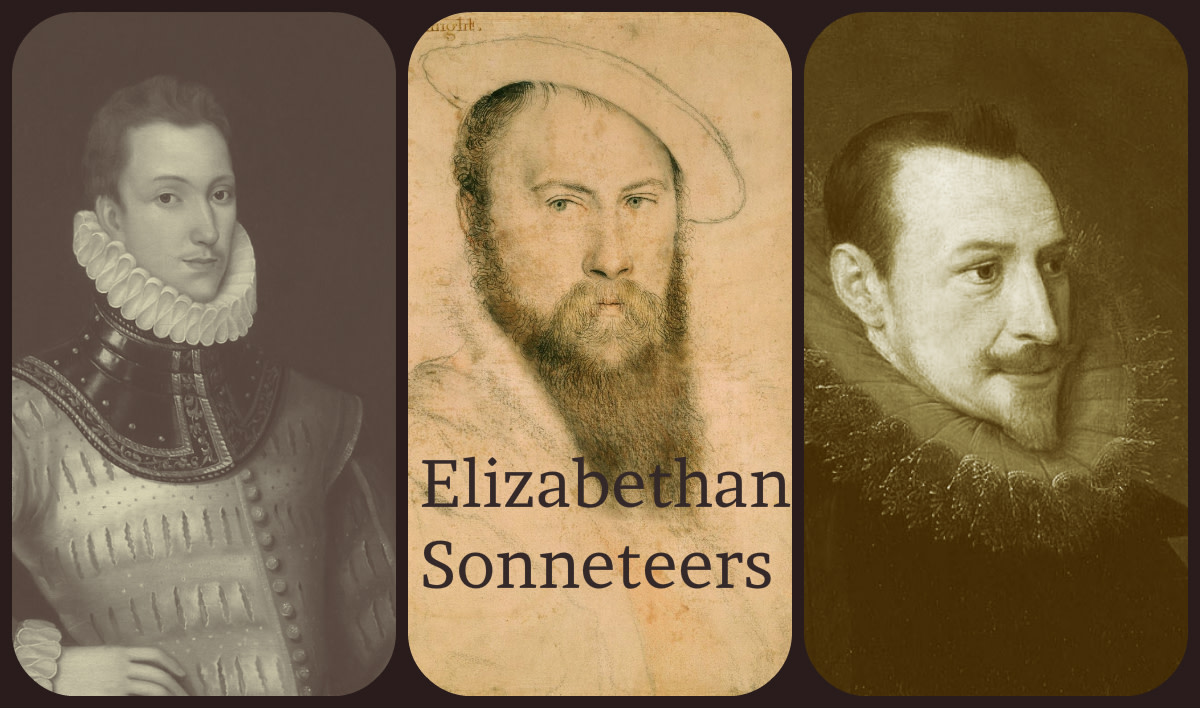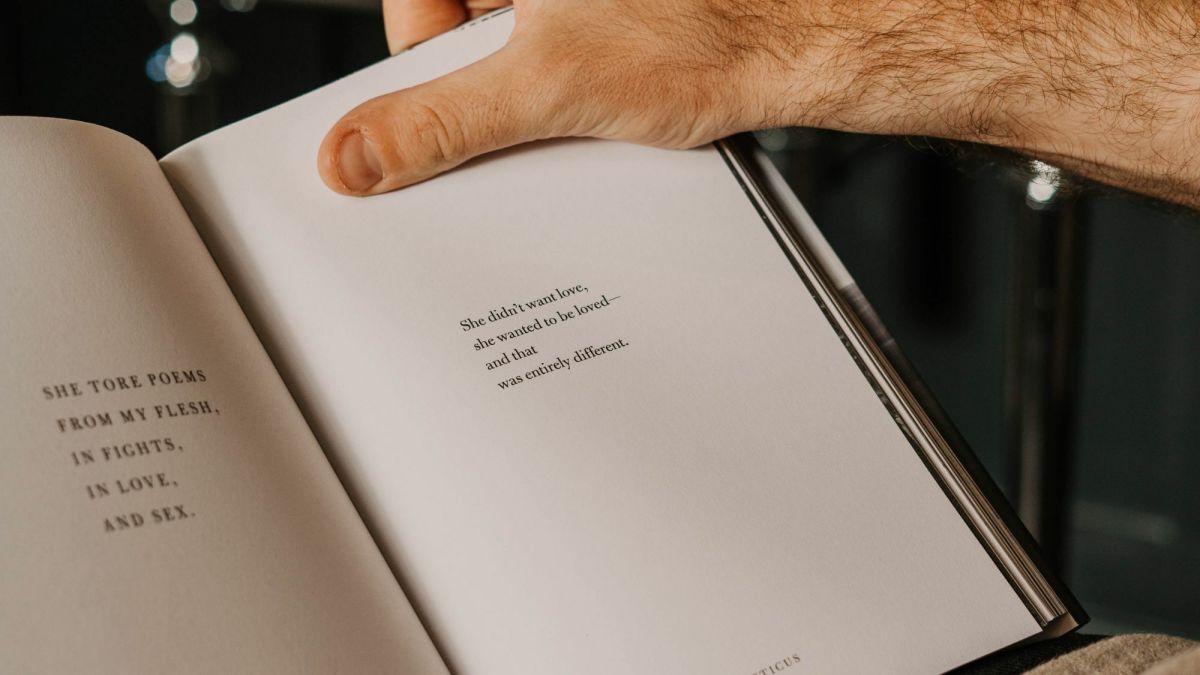Literary Analysis : Robert Frost's "The Pasture"
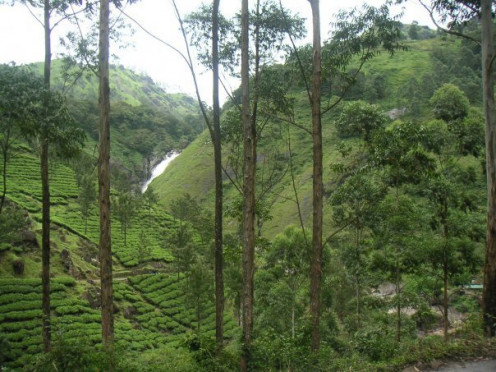
Robert Frost’s “The Pasture” is the first poem in the collection North of Boston.In an analysis, Lea Newman says that Frost stated that "The Pasture" was “a poem about love that’s new in treatment and effect. You won’t find anything in the range of English poetry just like that.” Since the collection of poems are based on nature, “The Pasture” functions as a preface or introduction to his collection of poems. The poem also functions as a call to people who dwell in the pseudo-modern existence; he implores with them to find peace in nature, or to revert to the innocence and rawness of primitivism as echoed in the word ‘past-ure’. The poem points to the spring of 1905 when he went for a walk with his wife Elinor and his six-year-old daughter Lesley. Lesley and her mother waited for Robert Frost whilst they engaged themselves in plucking strawberry and apple blossoms. Frost went towards the southwest corner of the cow pasture to check the amount of water that was there in the spring. The poem is said to be an adaptation of his own poem ”Pasture Fence” that he was asked to revise for publication in a magazine.
The poet utilizes internal rhyme for effect and makes use of anthimeria .His phenomenon is typical of the New England dialect that is characteristic of conversion. Anthimeria is a phenomenon where one part of speech is replaced by another. For instance, ’pasture’( a noun) is used as an adjective in the poem. The poem is in the form of invitation .He is going to clean out the pasture spring. Going by an ecocritical perspective it may also refer to an individual effort towards water pollution. It may also allude to the fact that he is out to clean the pasture/spring to counter pollution. Spring may be used both as a verb and a noun here. It may be a noun as in ‘a body of water’. However, since the poem is in the form of an invitation he may be asking the onlooker ‘to spring’ from his place. He assures his child that he will not be too long, and will only rake the leaves away. At another level, it may also connote that a small effort can make a huge difference.
The speaker states that he will wait to watch the water clear. Frost’s use of the modal ‘may’ to denote possibility is followed by a deceptive closing parentheses, and a colon that may also stands for a sad smiley in the context that counts on probability. There is the element of doubt whether he would be able to see the boy in him once again. As he wants to revert into the rural past of his childhood, he loves to witness a mirror image of his in the clear water. The caesura or pause may point to his being in self-doubt whether to take his son along or not, or whether the invitation comes as an afterthought. He uses contractions to render the tone colloquial or conversational and thereby lends a personal touch to the poem. Harmony is echoed in the alliteration exhibited by the line ”And wait to watch the water clear.” In “ Birches“ Robert Frost wants to ascend to the heights of heavenly altitudes or imagination and then revert to reality. Likewise the poet here assures that he will not be there for a long time and will be back.
The second stanza talks about a little calf standing by its mother. The idea may also impart the thought that it is only ‘standing by’ and is not old enough ‘to adopt a stand.’ It may be symbolic of the wife and son he has left back. It is ‘so’ young that he exclaims at its innocence and at the vulnerability it exhibits: it totters even while it is licked. Any creature is in the best possible protection when it is in maternal care. Here the poet longs to protect the cow from the ultimate protection.
He assures the son that he shall not be gone long. For, his primary responsibility rests with his family. The refrain forms the crux of his theory. That while idealization is good, reality is better.
© Rukhaya MK 2012
The content is the copyright of Rukhaya MK. Any line reproduced from the article has to be appropriately documented by the reader. ©Rukhaya MK. All rights reserved.
© 2013 Rukhaya MK


